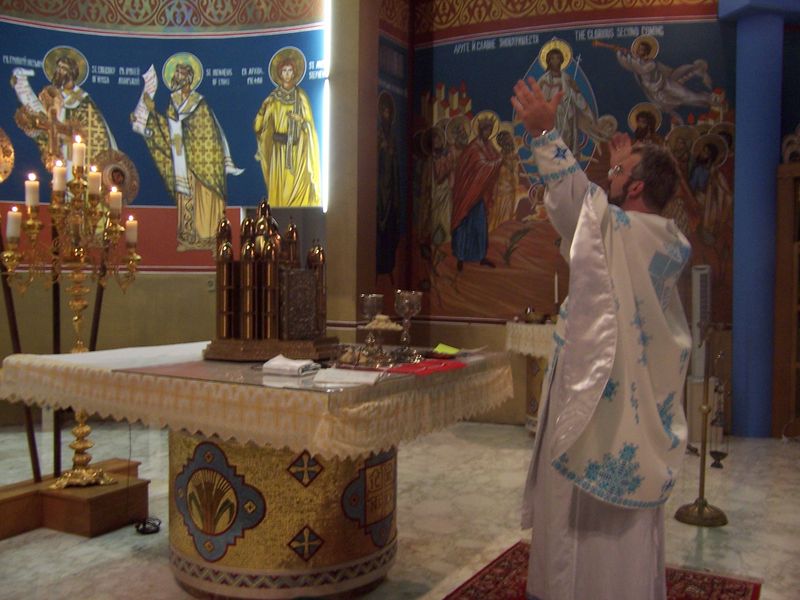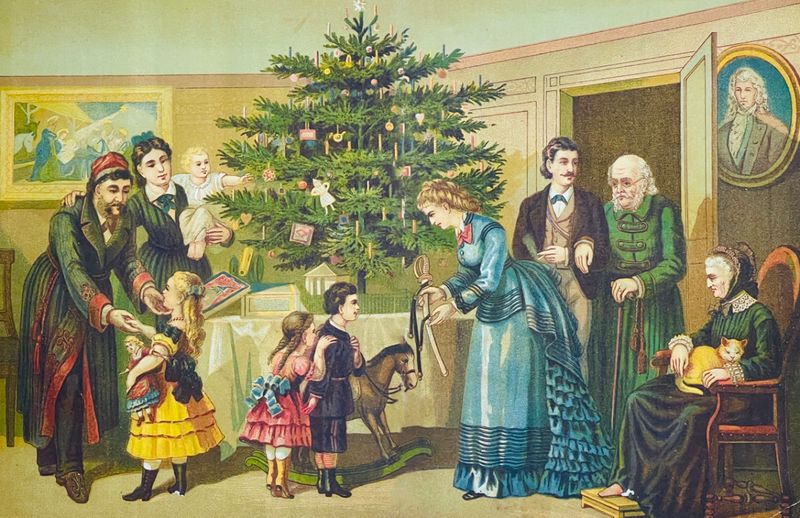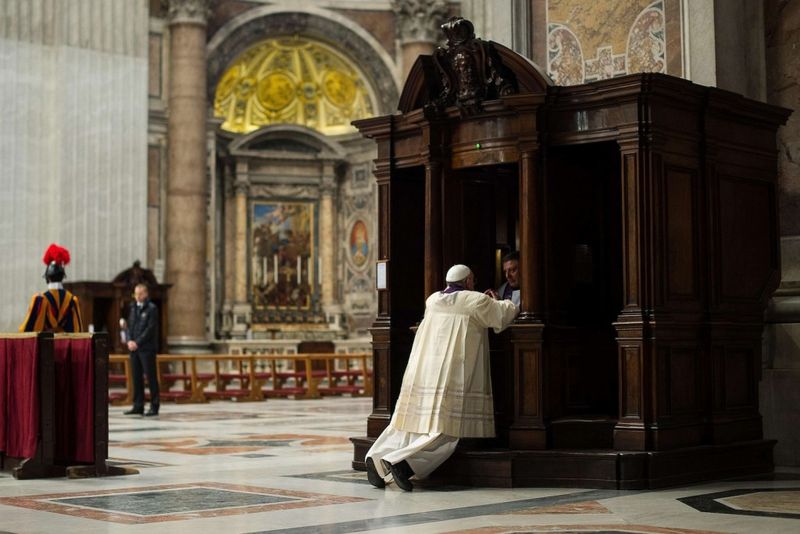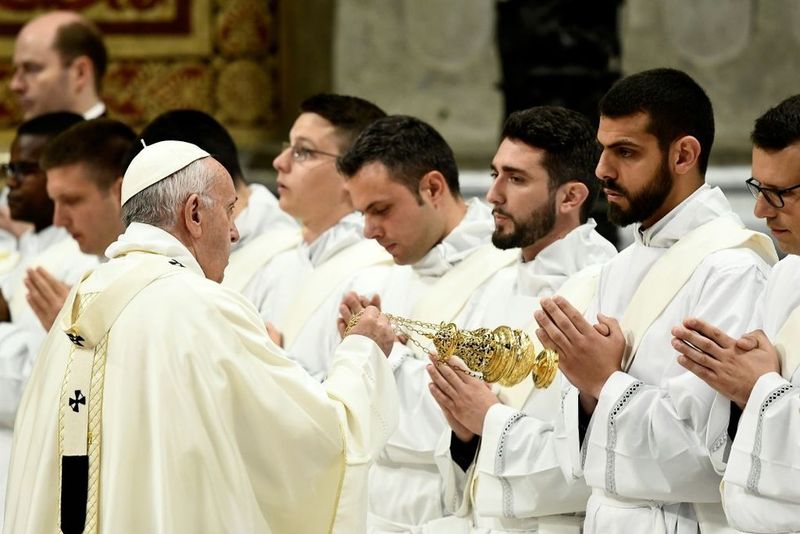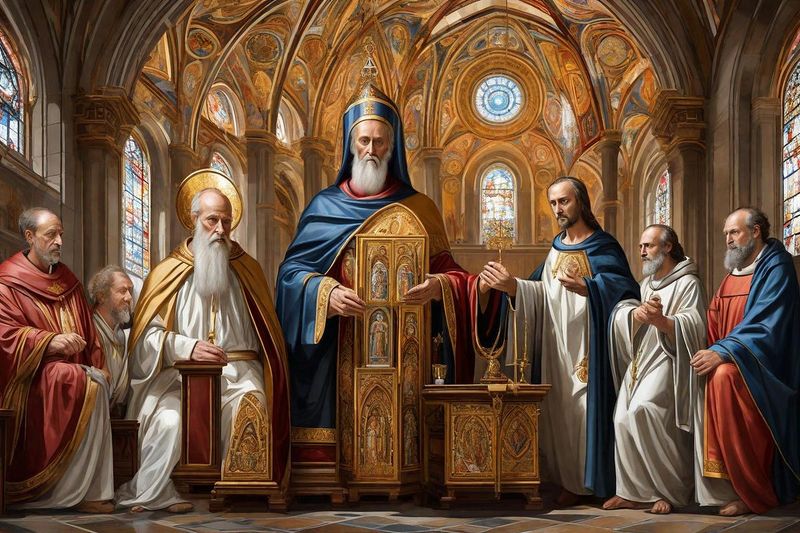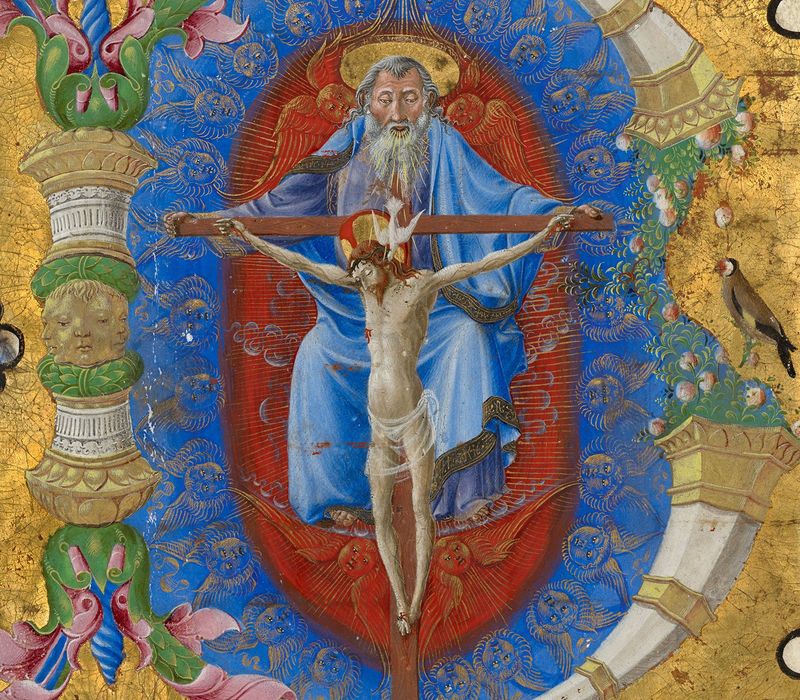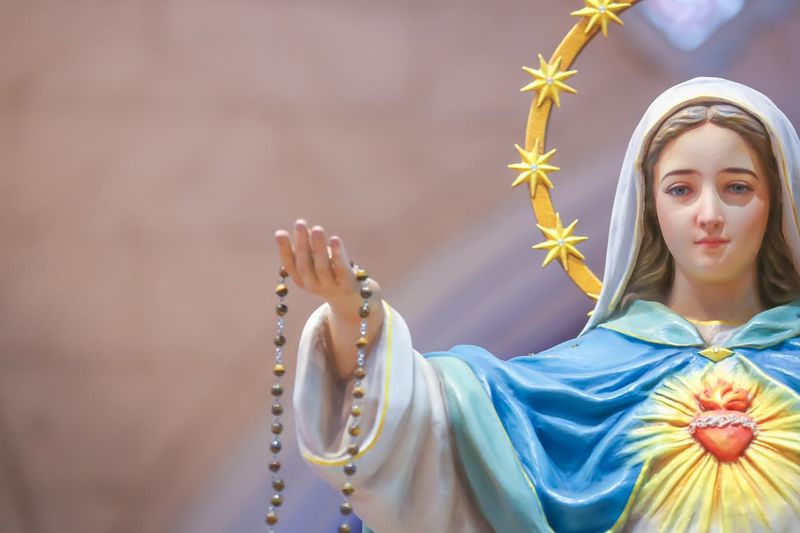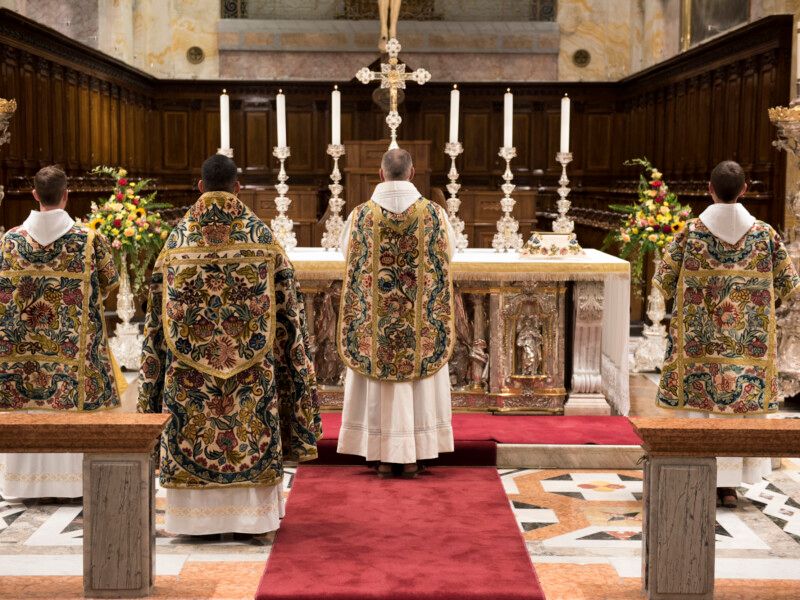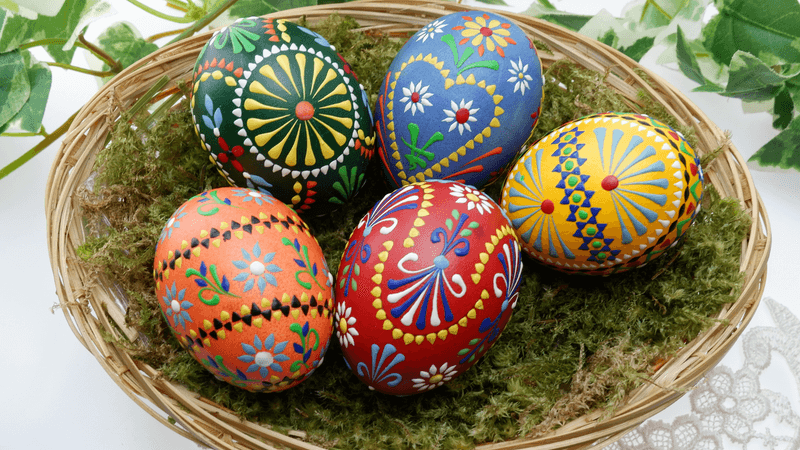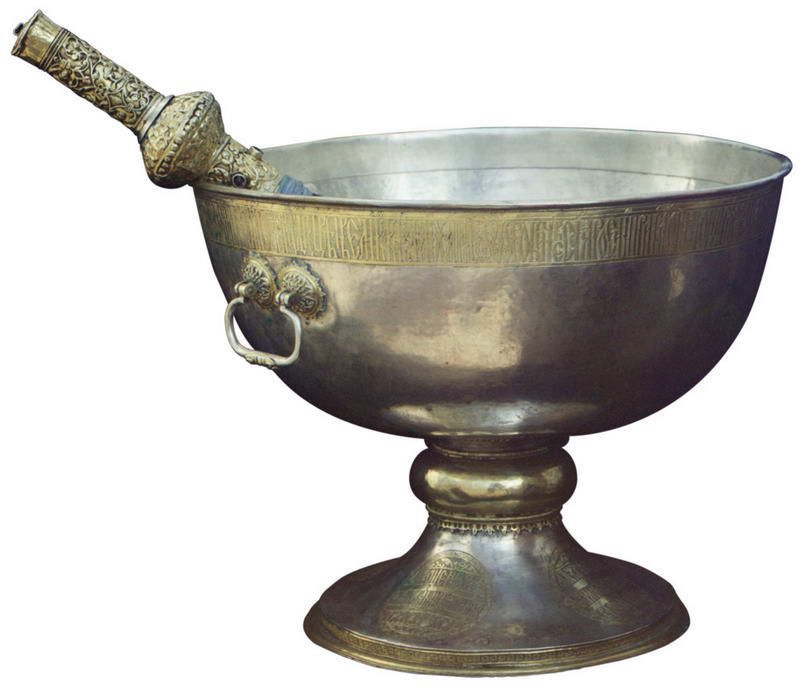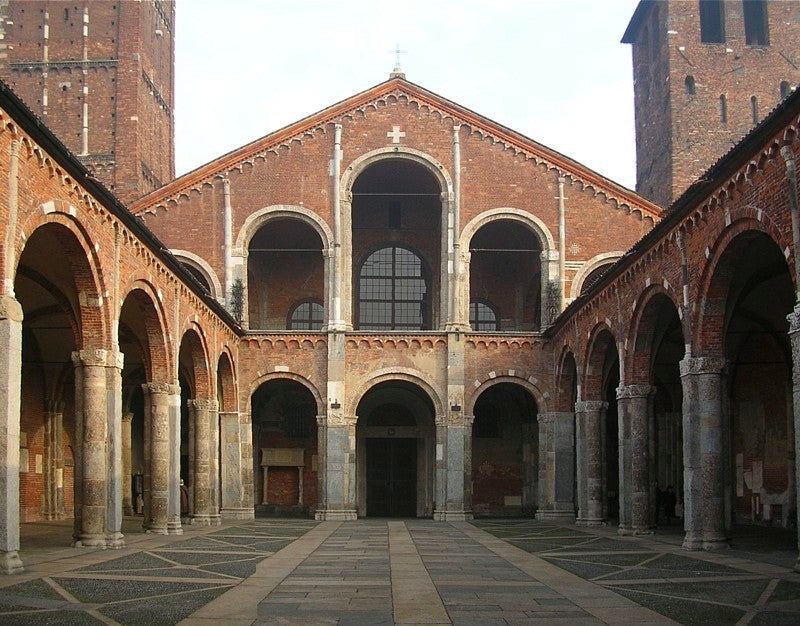Throughout history, Christianity has evolved, and many traditions have developed that diverge from early biblical teachings. This blog post explores 20 such traditions, offering a glimpse into how practices have shifted over centuries.
From worship days to religious symbols, these differences highlight the dynamic nature of Christian faith.
Each tradition is accompanied by a detailed description, including historical context, visual imagery, and engaging insights, ensuring an enjoyable and informative read.
1. Sunday Worship Instead of Saturday Sabbath
In the early days of Christianity, believers were predominantly Jewish and adhered strictly to the Sabbath, observed on Saturday. However, as Christianity began to distinguish itself, Sunday worship gained prominence. This switch was largely influenced by the desire to honor the resurrection of Jesus, believed to have occurred on a Sunday. Over time, Sunday became the standard day of worship, symbolizing a break from Jewish tradition and an embrace of a new Christian identity. This shift reflects an adaptation to cultural contexts and the evolving understanding of religious observance.
2. Celebrating Christmas on December 25
The Bible offers no clear date for Jesus’ birth, yet December 25 is universally recognized as Christmas Day. This date aligns with several pagan festivals, particularly the Roman Saturnalia, a time of feasting and gift-giving. By adopting this date, early Christians aimed to ease the transition from pagan customs to Christian beliefs. This blending of traditions underscores the adaptability of Christianity, with Christmas evolving into a joyous celebration of Jesus’ birth, featuring both religious and secular elements. It highlights how Christian practices can be shaped by broader societal influences.
3. Use of Religious Icons and Statues
The Ten Commandments caution against crafting and worshipping graven images. Yet, in many churches, religious art, icons, and statues abound, serving as focal points for devotion. This practice emerged as Christianity spread, embracing visual storytelling to convey religious narratives to largely illiterate populations. These icons became educational tools, enhancing spiritual connection. However, the use of images also sparked controversy, leading to debates about idolatry versus veneration. Today, religious art remains a potent symbol of faith, reflecting a tradition that marries visual beauty with spiritual meaning.
4. Infant Baptism
Initially, baptism was reserved for adult converts, marking their conscious choice to embrace Christianity. The practice of infant baptism emerged centuries later, driven by theological debates about original sin and salvation. This shift underscores a profound change in how faith and community membership are understood. Baptizing infants became a way to welcome them into the Christian community, believed to shield them from sin and affirm their status as children of God. Despite differing views on its necessity, infant baptism symbolizes a commitment to nurture faith from the earliest stages of life.
5. Confession to a Priest
In the nascent Christian community, confession was a public, communal event, with believers confessing sins directly to God. Over time, the practice evolved, becoming a more private sacrament involving a priest. This development reflects an increased focus on priestly intercession and the institutional nature of the Church. Confession to a priest offers a personalized experience of absolution, fostering a sense of spiritual renewal and reconciliation with God. It highlights the evolving nature of forgiveness within Christianity, adapting to the needs for privacy and individual guidance, yet retaining communal aspects.
6. Clerical Celibacy
Clerical celibacy wasn’t always a requirement in early Christianity. Many early church leaders, including apostles like Peter, were married. The mandate for celibacy arose over centuries, particularly within the Roman Catholic Church, aiming to ensure clergy’s undivided devotion to their spiritual duties. This rule underscores a shift towards viewing celibacy as a virtue, symbolizing purity and dedication. While controversial and debated, clerical celibacy remains a defining feature of Catholic priesthood, reflecting an enduring tension between personal relationships and spiritual commitments.
7. Hierarchical Church Structure
Early Christianity thrived on a decentralized, community-led model, with believers gathering in homes to share their faith. As the faith expanded, a more hierarchical structure emerged, featuring roles like bishops, cardinals, and popes. This evolution was partly driven by the need for organizational coherence and theological unity. The shift to structured leadership reflects both the growth of Christianity and the complexities of managing a diverse, global religion. While this hierarchy has facilitated unity and governance, it also represents a departure from the grassroots origins of early Christian communities.
8. Use of the Term “Holy Trinity”
The concept of the Father, Son, and Holy Spirit is foundational in Christian theology, yet the term “Trinity” and its detailed doctrine were formalized much later. The Council of Nicaea in 325 AD played a crucial role in defining this doctrine, addressing debates about the nature of Christ. The formulation of the Trinity reflects a complex theological evolution, aimed at clarifying beliefs about God’s nature. While not explicitly named in Scripture, the Trinity has become a central tenet of Christianity, embodying the faith’s mystery and depth in understanding the divine.
9. Purgatory
Purgatory isn’t explicitly mentioned in the Bible, yet it became a central tenet in Catholic theology during the Middle Ages. It is envisioned as a transitional realm where souls undergo purification before reaching heaven. This concept addresses theological concerns about justice and mercy, offering hope for redemption beyond earthly life. Purgatory reflects an evolving understanding of the afterlife, emphasizing growth and spiritual cleansing. Its development underscores the dynamic nature of Christian doctrine, illustrating how interpretations of salvation and divine justice have adapted to meet spiritual and moral questions.
10. The Rosary and Marian Devotion
The rosary, with its repetitive prayers and focus on the Virgin Mary, is a beloved Catholic devotion not found in early Christianity. Marian devotion grew over centuries, emphasizing Mary’s role as intercessor and motherly figure. The rosary offers believers a meditative practice, fostering spiritual reflection and connection. This evolution reflects an enhanced focus on Mary within the Catholic tradition, highlighting her importance in salvation history. While the rosary is a symbol of deep faith for many, it also illustrates the diversity within Christian devotional practices, blending tradition and personal spirituality.
11. Priestly Vestments and Robes
In early Christian gatherings, simplicity reigned, with leaders in plain attire. Over time, however, priestly vestments evolved, borrowing from Roman imperial and ceremonial dress. These garments, rich in symbolism, demarcate sacred roles within worship. The adoption of vestments underscores a shift towards formalized, ritualistic worship, reflecting the Church’s growing influence and status. While vestments enhance the visual and symbolic dimensions of liturgy, they also represent a departure from early Christian egalitarianism. This evolution illustrates how religious practices adapt, balancing tradition with the demands of spiritual and societal expectations.
12. The Sign of the Cross Ritual
The gesture of making the sign of the cross, a ubiquitous ritual today, emerged in the 2nd to 3rd centuries. Though not described in early scriptures, it became a powerful symbol of faith and protection. The ritual’s simplicity and profound meaning have made it an enduring practice, reflecting the human need for tangible expressions of belief. As a daily spiritual anchor for many, the sign of the cross connects modern Christians with centuries of tradition. Its origins and evolution highlight how simple acts can encapsulate deep theological significance, bridging past and present.
13. Celebrating Easter with Pagan Symbols
Easter is Christianity’s most significant celebration, commemorating Jesus’ resurrection. However, symbols like eggs and bunnies trace back to pre-Christian spring fertility festivals. These symbols were integrated into Easter traditions, blending Christian beliefs with pagan customs. This fusion reflects Christianity’s historical adaptability, using familiar cultural elements to convey new religious meanings. While some see this as a dilution of religious purity, others view it as a testament to the universal appeal and evolving nature of Easter celebrations. It underscores the interplay between faith and culture throughout history.
14. Tithing as a New Testament Requirement
While the Old Testament mandates tithing, the New Testament emphasizes generosity rather than a fixed percentage. The practice of tithing, giving 10% of one’s income, became institutionalized over time, seen as a way to support the church and its mission. This evolution reflects a practical adaptation of ancient customs to contemporary religious life. Tithing underscores a commitment to community and stewardship, yet debates persist about its applicability today. Some argue for a return to the New Testament’s spirit of generosity, focusing on individual ability and willingness rather than strict adherence to numerical guidelines.
15. Holy Water Usage
Holy water, with its ritualistic use in blessings and purification, draws from Jewish purification rites and pagan traditions. While not explicitly prescribed in the Bible, it became an integral part of Christian rituals, symbolizing spiritual cleansing and protection. The use of holy water highlights the Church’s ability to adapt and incorporate meaningful symbols from various cultures. Despite debates about its origins and efficacy, holy water remains a cherished element of Christian practice, offering a tangible connection to the sacred. This tradition exemplifies how cultural interplay enriches religious observance.
16. Ash Wednesday and Lent Observances
Ash Wednesday and the Lenten season are pivotal in many Christian traditions, symbolizing penance and renewal. These observances, however, were not part of early Christianity, emerging in the centuries following the New Testament period. The rituals of receiving ashes and observing Lent reflect a deepening focus on personal spiritual growth and communal preparation for Easter. These practices illustrate Christianity’s evolving liturgical calendar, providing structured opportunities for reflection and penitence. The development of Lent highlights how religious practices can adapt, offering believers a time for introspection and spiritual renewal amid life’s busyness.
17. Church Buildings as Sacred Spaces
In early Christianity, worship took place in homes, fostering intimate communal gatherings. The concept of dedicated church buildings emerged later, influenced by the legalization of Christianity under Roman rule. These structures, often grand and architecturally significant, became symbols of God’s presence and community identity. The shift from homes to sacred buildings illustrates the formalization of Christian worship and the faith’s growing societal influence. While some see church buildings as central to worship, others advocate for a return to simpler gatherings, reflecting ongoing debates about the nature and purpose of sacred spaces in modern Christianity.
18. Confirmation as a Separate Sacrament
Originally, baptism, confirmation, and receiving the Holy Spirit were often simultaneous events in early Christianity. The separation into distinct sacraments developed over time, reflecting an evolving understanding of spiritual maturity and commitment. Confirmation now serves as a rite of passage, affirming a believer’s faith and readiness to embrace church responsibilities. This evolution highlights the Church’s role in guiding spiritual growth, adapting rituals to better address personal and communal development. Confirmation stands as both a continuation of baptismal vows and a public declaration of faith, symbolizing the dynamic nature of Christian life and commitment.
19. Use of Latin or Other Liturgical Languages
Early Christians worshiped in their native languages, fostering inclusivity and understanding. The use of Latin as a liturgical language emerged with the Roman Empire’s influence, symbolizing unity and continuity across diverse congregations. This shift reflects the interplay between cultural dominance and religious practice, as Latin became a unifying force within the Catholic Church. While Latin’s use has waned, its legacy endures in ritualistic language and traditional hymns. The history of liturgical languages highlights how cultural and political forces shape religious expression, balancing accessibility with tradition in worship practices.
20. Indulgences and Relics
The medieval practice of indulgences and veneration of relics emerged with little basis in early Christian doctrine, representing complexities in church authority and theology. Indulgences, initially intended to offer temporal relief from penance, evolved into a controversial practice associated with church abuses. Relics, believed to hold spiritual power, became central to devotional life, reflecting a tangible connection to the divine. These practices illustrate the multifaceted nature of medieval Christianity, balancing faith, tradition, and institutional influence. The historical evolution of indulgences and relics underscores ongoing debates about authenticity, spirituality, and reform within the church.

